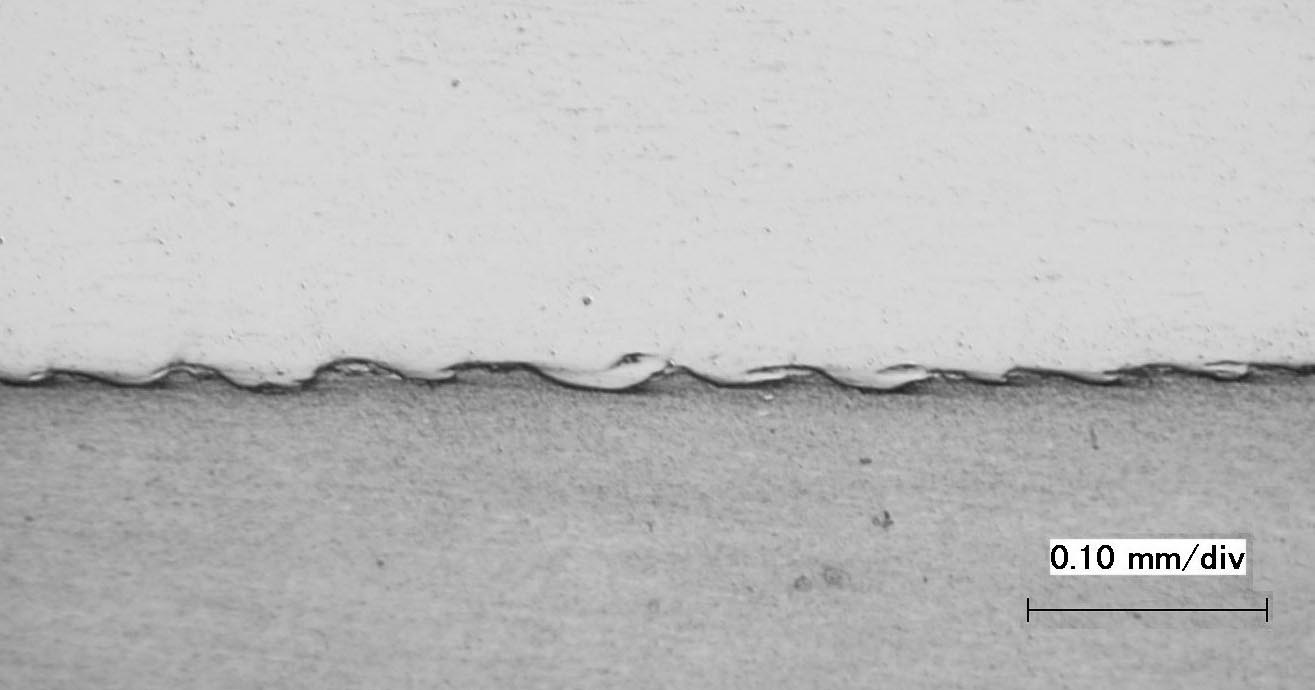
Tokyo Metropolitan College Of Technology
| |
| Home |
| Research |
| Facility |
| Publication |
| Member |
| Contact |
Magnetic Pulse Welding
|
One of the most difficult problems for welding engineer is to decide how to weld dissimilar metals together. Certain processes like laser welding, friction stir welding, magnetic pulse welding and inertia welding can be used effectively to solve many dissimilar metal welding problems. There are also several transition joints that can be used to affect the bridge from such difficult to join combinations as aluminum to steel. Diffusion bonding and adhesive bonding are other workable alternatives.The magnetic pulse welding (MPW) is one of the reliable methods that can be used for the dissimilar metal joints. The magnetic pulse welding (MPW) provides an excellent tool for achieving of conductive metals such as aluminum, brass, or copper to steel, titanium, stainless, aluminum, magnesium copper and most other metals joints. The magnetic pulse welding is solid-state joining process of conductive metals and the welding process is a heat-free which can eliminate localized annealing. Recently, joining steel and aluminium alloy in different shapes is receiving attention. Hybrid structures of aluminium alloy and steel are suggested for reducing the weight of automobiles to improve fuel efficiency and control air pollution. However, steel and aluminium are not compatible metals as far as fusion welding is concerned. The reason for this is attributed to the large difference between their melting points (660 oC for Al and 1497 oC for Steel), the nearly zero solid solubility of iron in aluminium, and the formation of brittle intermetallic compounds such as Fe2Al5 and FeAl3. Further, differences in their thermal properties like expansion coefficients, conductivities, and specific heats lead to internal stresses after fusion welding. Therefore, fusion welds of steel and aluminium suffer from heavy cracking with brittle failure in service. Advantage of MPW
|
Copyright©MPW-lab., 2007 All Rights Reserved